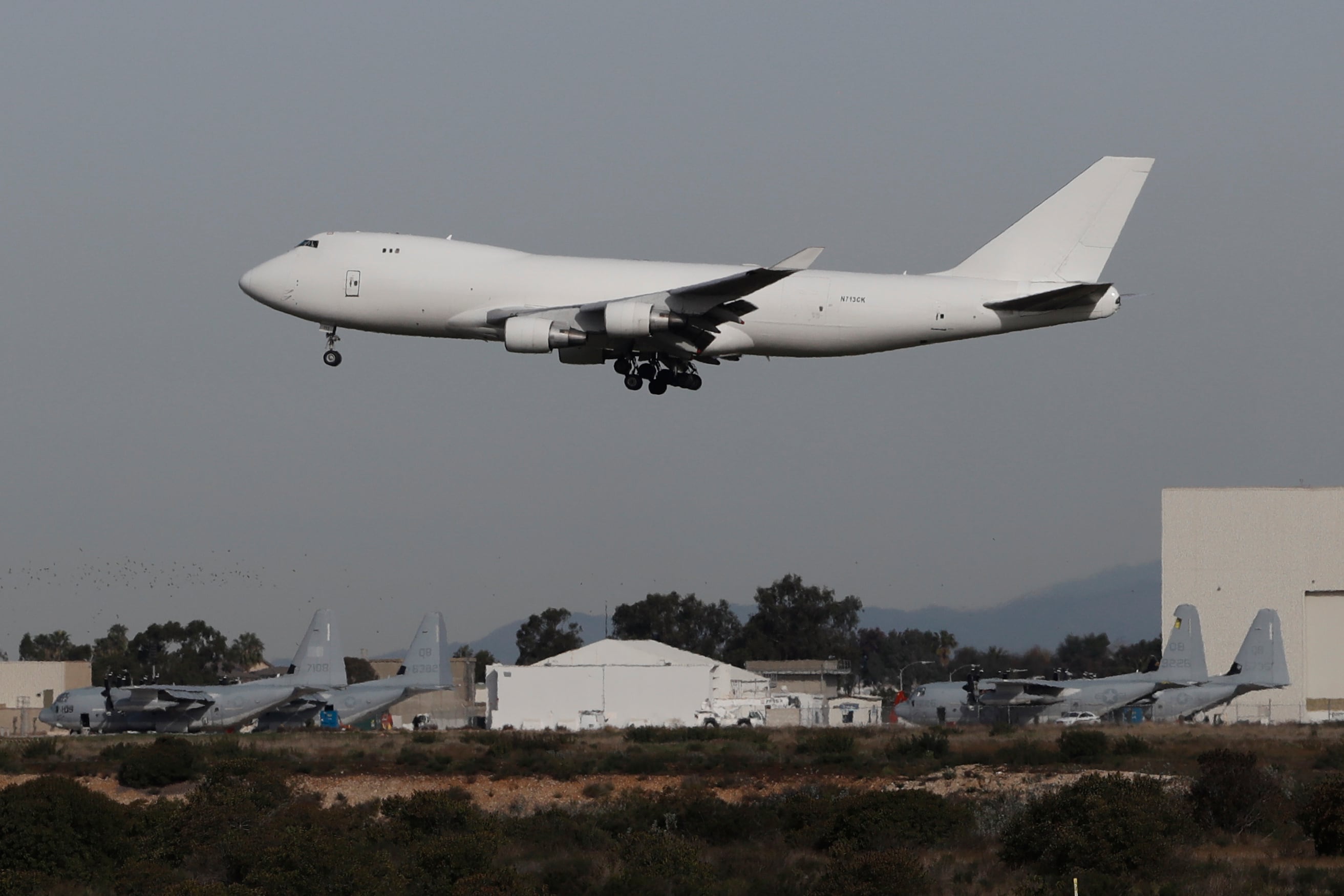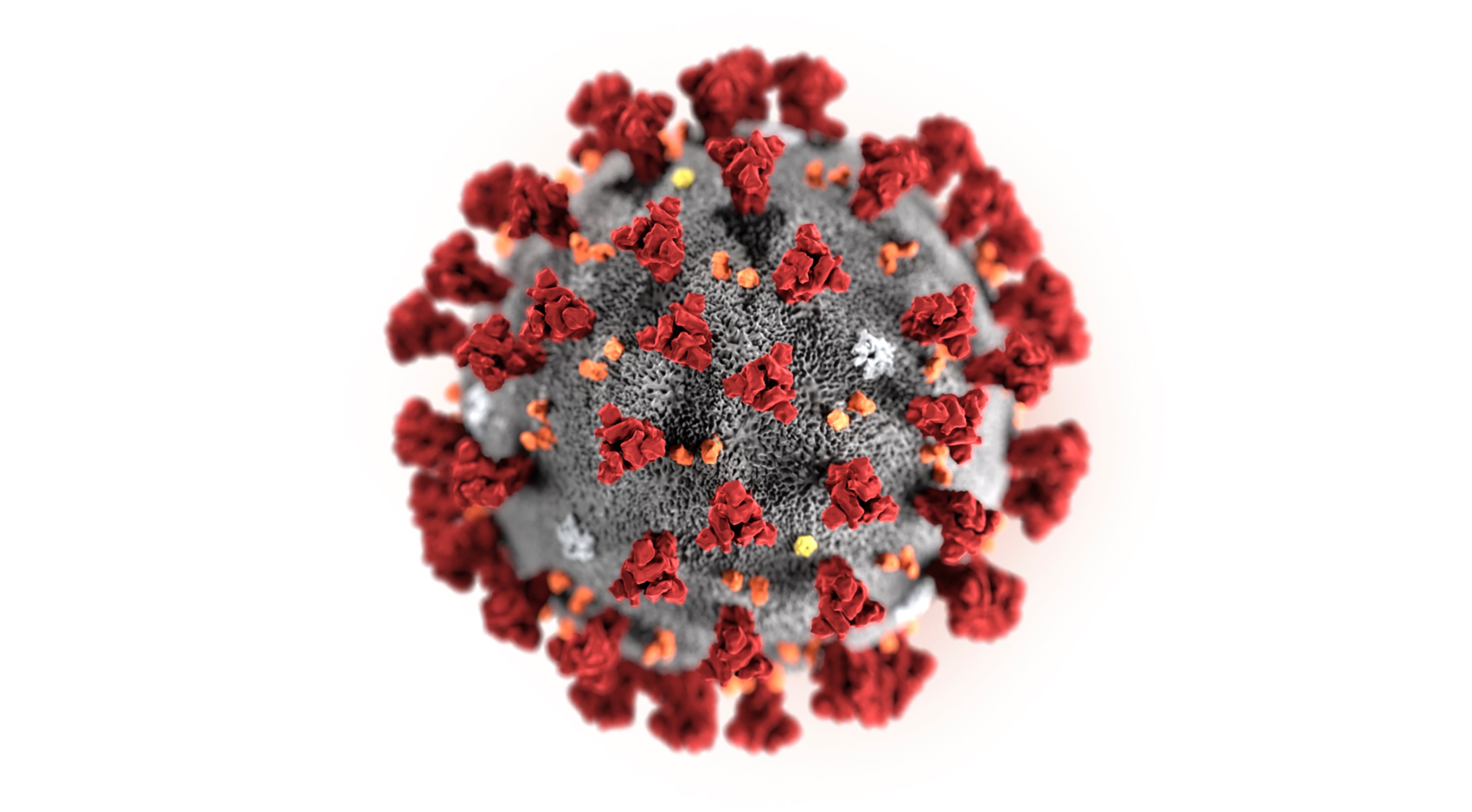Two more evacuation flights carrying more than 300 evacuees from Wuhan, China are slated to arrive in the U.S. on Wednesday, amid the coronavirus outbreak that originated in China.
The flights are carrying 350 passengers and will head to Travis Air Force Base and Marine Corps Air Station Miramar in California, according to the Pentagon. Upon their arrival, the evacuees will undergo a 14-day quarantine to safeguard against the spread of the virus.
"In support of Health and Human Services (HHS) and the Centers for Disease Control and Prevention (CDC), the Department of Defense is prepared to receive two Department of State chartered evacuation flights from Wuhan, China currently scheduled to arrive on February 5th,” Pentagon spokesperson Lt. Col. Chris Mitchell said in a statement Wednesday morning. “The initial flights have departed China for Travis Air Force Base with approximately 350 passengers on board.”
“One of the aircraft will refuel at Travis and continue on to Miramar Marine Corps Air Station,” Mitchell said. “As previously announced, these individuals will be subject to a CDC managed 14-day quarantine. DOD will work closely with our interagency partners and continue to provide support to the situation as requested."

The news comes after the Pentagon announced Saturday that the Defense Department is prepared to provide housing support for 1,000 people arriving in the U.S. from China for a quarantine.
In addition to Travis Air Force Base and Marine Corps Air Station Miramar, the Pentagon said evacuees would stay at Lackland Air Force Base in Texas and with the 168th Regiment, Regional Training Institute at Fort Carson in Colorado.
The Centers for Disease Control and Prevention and Department of Health and Human Services announced Wednesday that at least one plane of evacuees would land at Eppley Airfield in Omaha, Nebraska. Up to 70 people may be quarantined at the Nebraska Army National Guard’s Camp Ashland, southwest of Omaha.
This isn’t the first wave of evacuees to arrive at U.S. military installations.
On Jan. 29, 210 evacuees from Wuhan, China already arrived in the U.S. at March Air Reserve Base in Riverside County, California. The evacuees — U.S. State Department employees and their families — participated in a three-day quarantine and also received medical evaluation to check if they had contracted the virus.
The Pentagon has also issued guidance for DoD personnel who have returned from China in recent weeks, and for those who have been exposed to someone diagnosed with the illness and are exhibiting symptoms like a fever.
Those personnel should seek medical attention immediately and should call their doctor’s office or emergency room ahead of their arrival to provide information about their travel and symptoms, the Pentagon said in a memo on Jan. 31.

As of Feb. 4, more than 20,000 people around the world have contracted the virus, according to the World Health Organization. The virus has also led to 425 deaths.
So far, 159 of the confirmed cases are outside of China throughout 23 different countries, including 11 confirmed cases in the U.S.
Sen. Tom Cotton, R-Ark., has cautioned the virus could lead to a global pandemic and equated the virus to Chernobyl, the 1986 Soviet Union nuclear disaster.
“This coronavirus is a catastrophe on the scale of Chernobyl for China,” Cotton said Jan. 30 at a Senate Armed Services Committee hearing. “But actually, it’s probably worse than Chernobyl, which was localized in its effect. The coronavirus could result in a global pandemic.”




